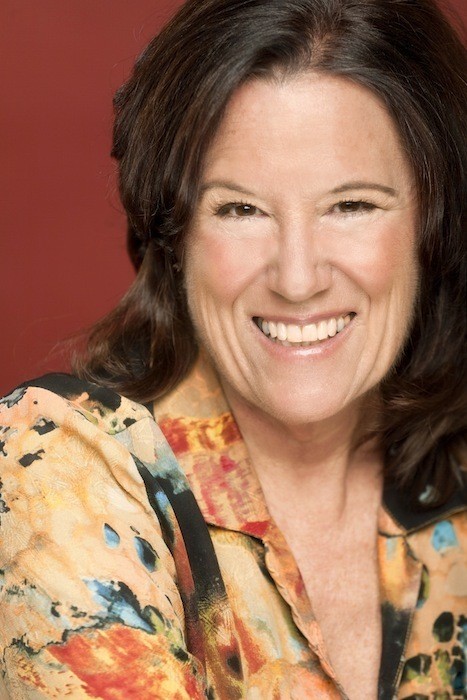For more than 20 years, doctors treated Mara Williams’ daughter Amanda for the wrong disease. Amanda was bitten by a tick on Orcas Island when she was 15 years old and contracted Lyme disease. For years, she had been misdiagnosed as having multiple sclerosis, fibromyalgia, rheumatoid arthritis and chronic fatigue.
“The average person sees 15 to 30 providers before they come to someone like me, who can diagnose it and treat it properly,” said Williams. “If they’ve been diagnosed with autoimmune disease, like rheumatoid arthritis, multiple sclerosis and fibromyalgia they need to explore other things that might be causing those symptoms.”
Williams has spent the past six years treating, researching and writing about Lyme disease in the hope of helping other patients with the tick-born illness who have been misdiagnosed.
According to the Washington State Office of Environmental Public Health Sciences, from January 2005 until August 2015 there has only been one confirmed case of a person contracting Lyme Disease in San Juan County. Williams believes that number is inaccurate and that there have been more than that.
“I have always had a passion for finding the root cause of a problem and helping a person heal from that place,” said Williams, who believes in integrative medicine and looking beyond the scope of symptoms. “[Lyme disease] is a huge issue that has not been dealt with at all.”
She has been a health care provider for more than 35 years. In 2002, while living in Sonoma, California, Williams attended the University of California San Francisco to earn her master’s degree. She has lived in Sonoma with her husband since 2000 and is in the process of relocating back to Orcas Island this month.
“I’ve been wanting to move back (to Orcas) for probably four or five years,” said Williams. “I’m just so excited to come home.”
Once she has reestablished her life on Orcas, she hopes to open a physical location for her 501(c)3 nonprofit Inanna House, which will be an in-patient facility for people with chronic illness – primarily those with Lyme disease.
“I’ve been treating people with these conditions for six and a half years; the stories are horrific,” said Williams. “People have been told it’s all in their heads, but they’re not crazy, they’re really sick.”



